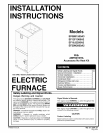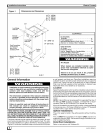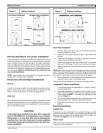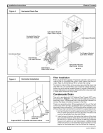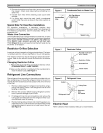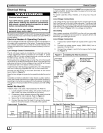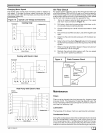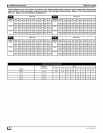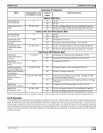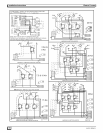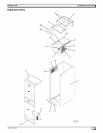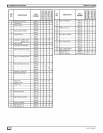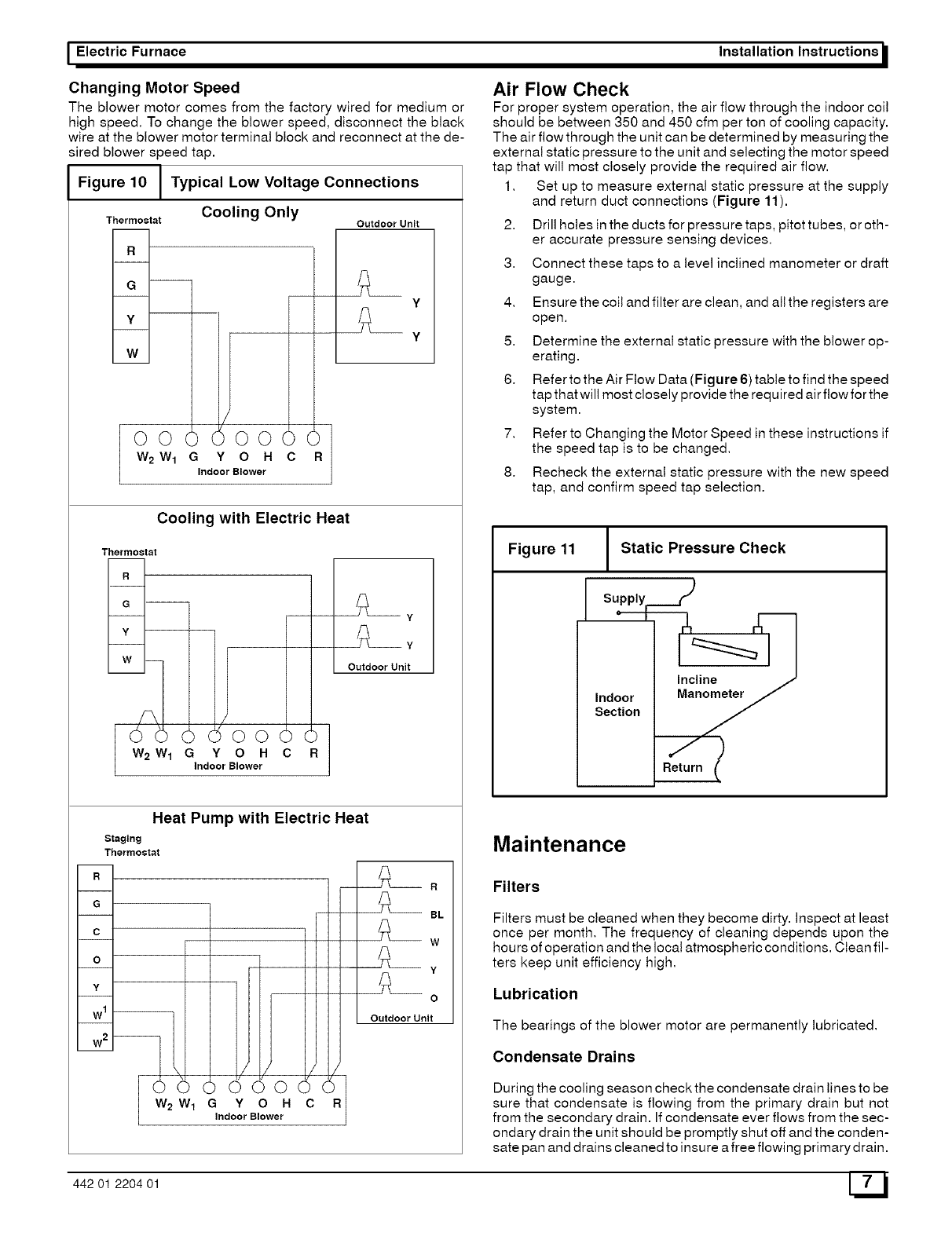
I Electric Furnace Installation Instructions
Changing Motor Speed
The blower motor comes from the factory wired for medium or
high speed. To change the blower speed, disconnect the black
wire at the blower motor termina! block and reconnect at the de-
sired blower speed tap.
Figure 10 I Typical Low Voltage
Connections
Thermostat Cooling Only
Outdoor Unit
R
G
Y
W
00 0 OOI)
W 2 W 1 G Y O H C R 1
Indoor Blower
Y
Y
Cooling with Electric Heat
Thermostat
R
G --
y --
wOwO ! (> ()
Y
Y
Outdoor Unit
Heat Pump with Electric Heat
Staging
Thermostat
R
BL
W
-- y
O
Outdoor Unit
Air Flow Check
For proper system operation, the air flow through the indoor coil
should be between 350 and 450 cfm per ton of cooling capacity.
The air flow through the unit can be determined by measuring the
external static pressure to the unit and selecting the motor speed
tap that will most closely provide the required air flow.
1. Set up to measure external static pressure at the supply
and return duct connections (Figure 11).
2. Drill holes in the ducts for pressure taps, pitot tubes, or oth-
er accurate pressure sensing devices.
3. Connect these taps to a level inclined manometer or draft
gauge.
4. Ensure the coil and filter are clean, and all the registers are
open.
5. Determine the external static pressure with the blower op-
erating.
6. Refer to the Air Flow Data (Figure 6) table to find the speed
tap that will most closely provide the required air flow for the
system.
7. Refer to Changing the Motor Speed in these instructions if
the speed tap is to be changed.
8. Recheck the external static pressure with the new speed
tap, and confirm speed tap selection.
Figure 11
Static Pressure Check
SupplyJ
/nedli°rn
Return _
Maintenance
Filters
Filters must be cleaned when they become dirty. Inspect at least
once per month. The frequency of cleaning depends upon the
hours of operation and the local atmospheric conditions. Clean fil-
ters keep unit efficiency high.
Lubrication
The bearings of the blower motor are permanently lubricated.
Condensate Drains
During the cooling season check the condensate drain lines to be
sure that condensate is flowing from the primary drain but not
from the secondary drain. Ifcondensate ever flows from the sec-
ondary drain the unit should be promptly shut off and the conden-
sate pan and drains cleaned to insure afree flowing primary drain.
442 01 2204 01 7L_



